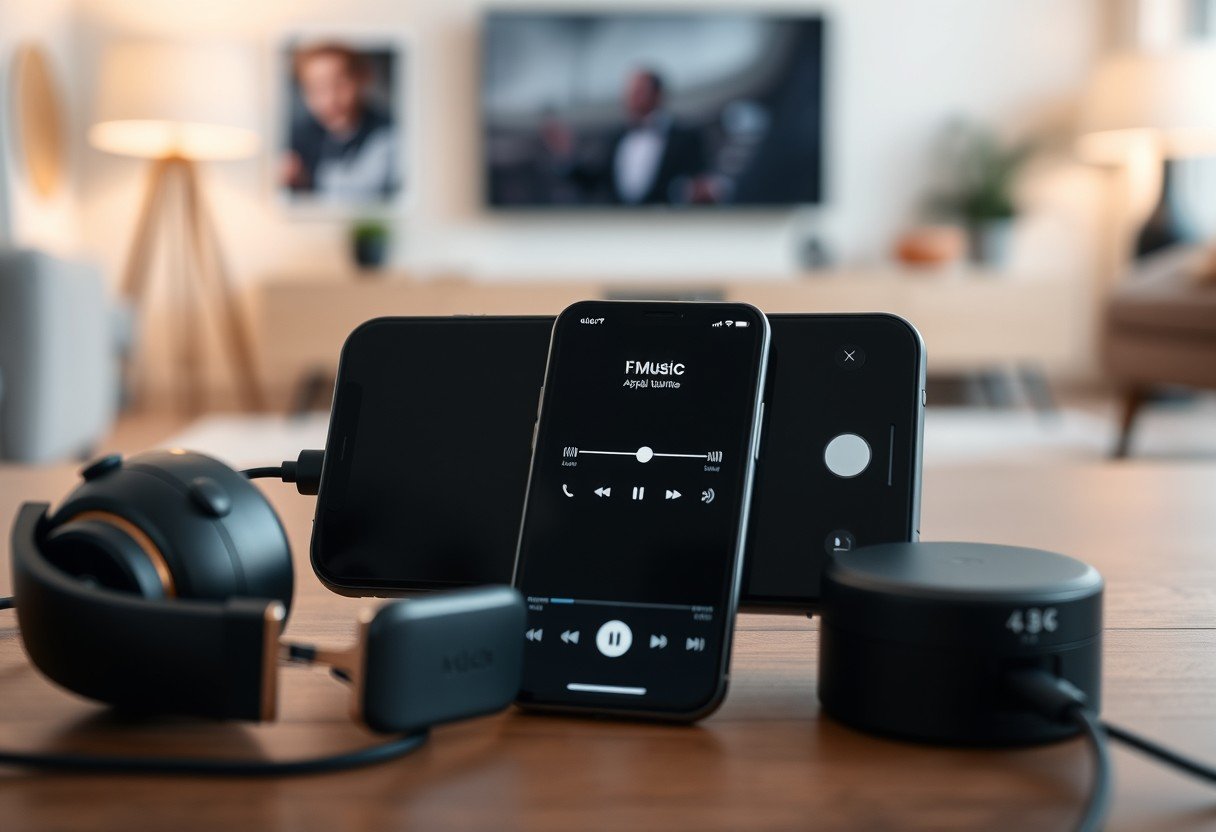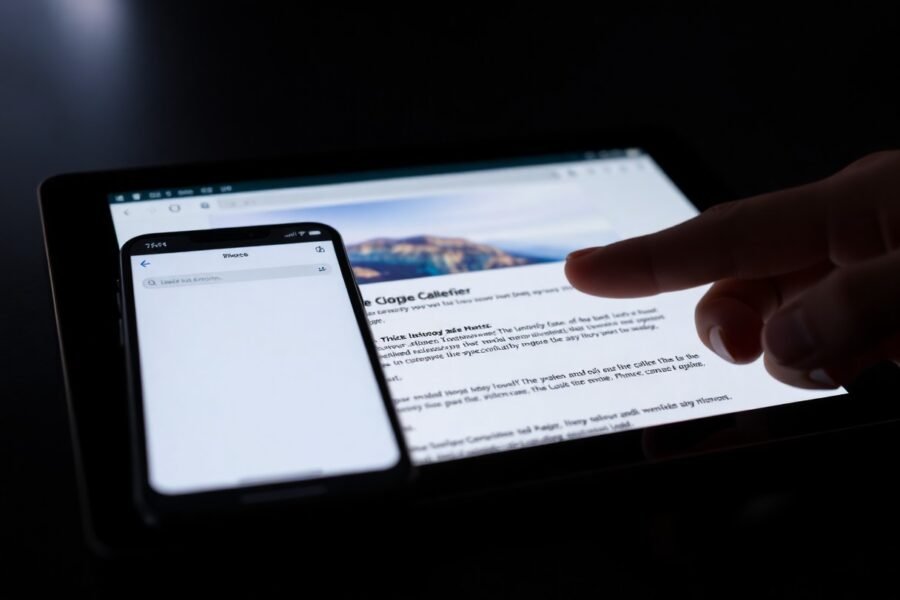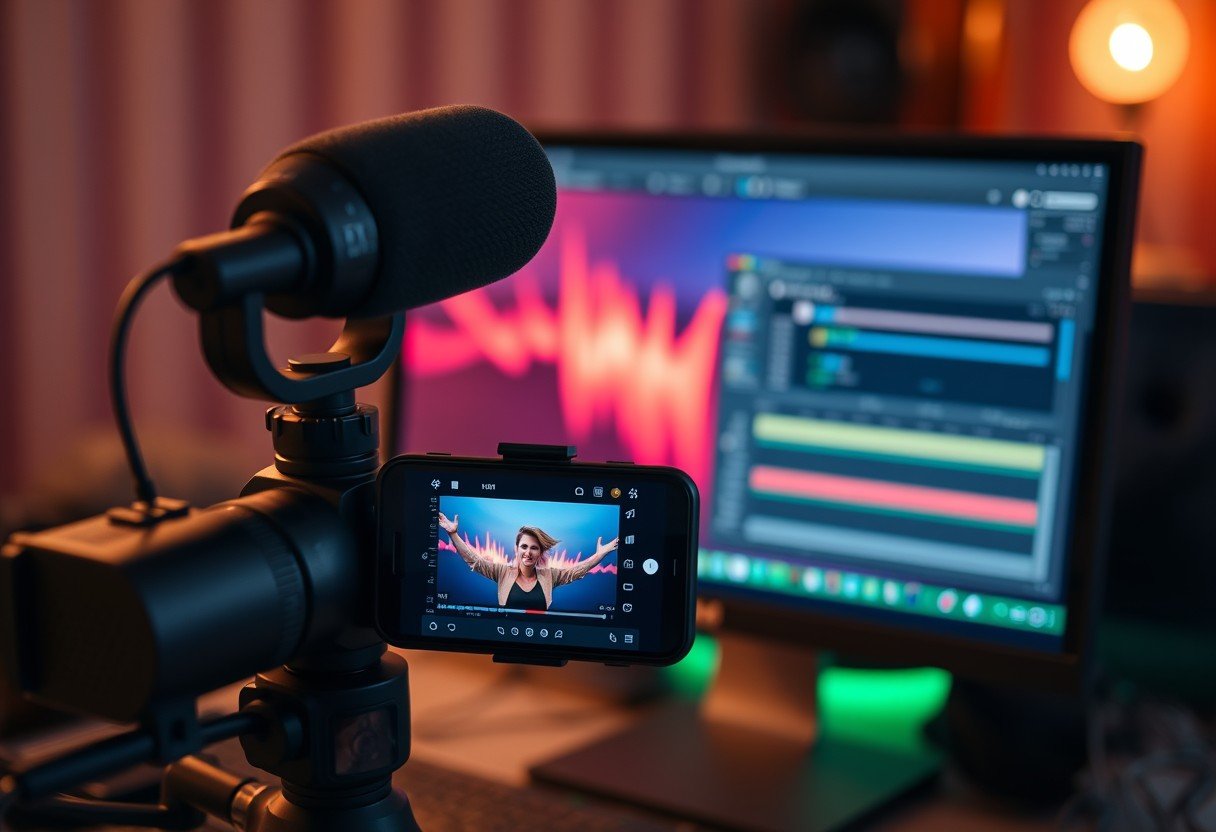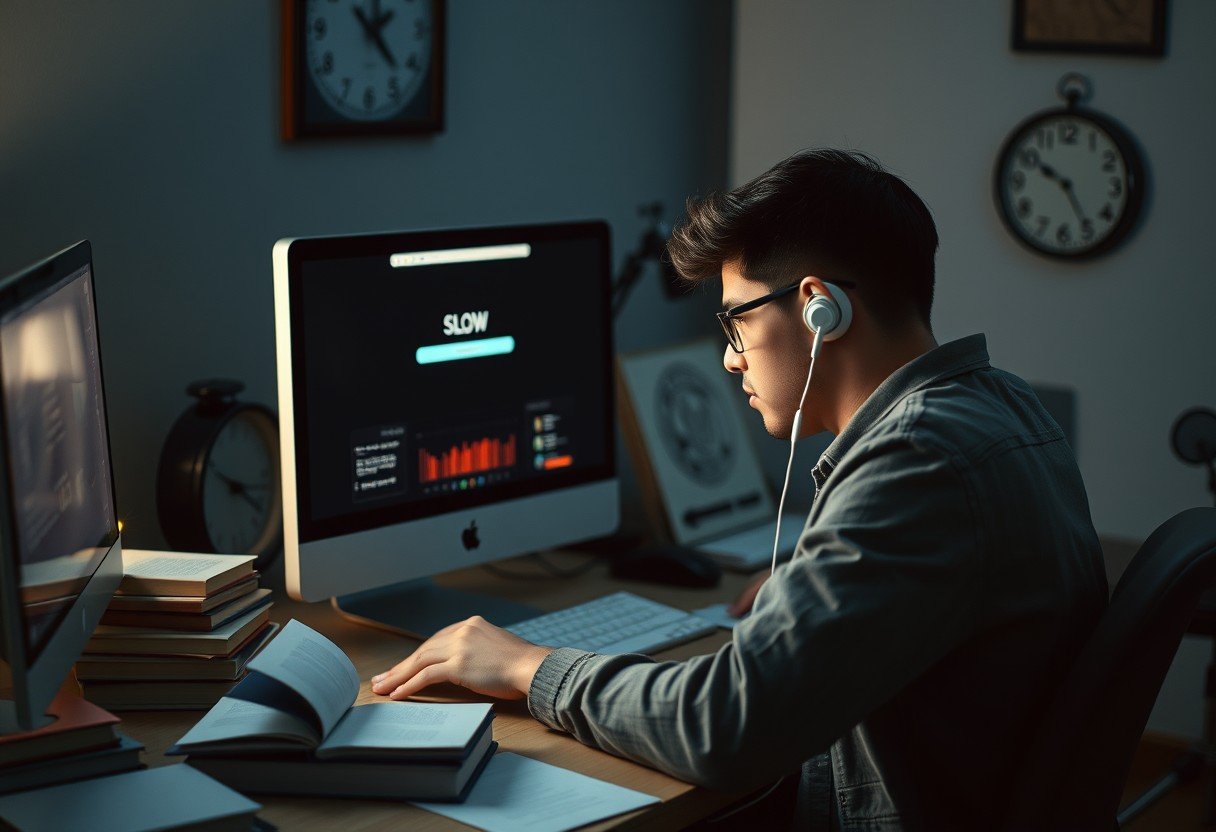If Apple Music sounds too low on your iPhone, iPad, Mac, or PC, this guide shows what causes it, where to fix it, and how to make music louder safely. You will learn quick steps, deeper settings, and hardware checks that work at home, at work, and on the go. Follow along any time to restore clear and strong sound.
Understand Why Apple Music Sounds Quiet
Most low volume issues come from settings, not from broken hardware. Sound Check can lower loud tracks to match quiet ones. Headphone Safety features can limit peaks to protect hearing. An aggressive EQ preset or a low balance level on one channel can also reduce output.
Bluetooth adds more variables. Some headphones have their own volume that is separate from your phone. Codec selection and volume sync can change loudness, and certain headsets ship with safer default caps. Region rules can also apply caps, which you can review in Headphone Safety.
Music masters are not equal in loudness. Older albums and some Dolby Atmos mixes may be quieter than modern pop releases. This is normal and can be managed with the right settings.
Quick Fix Steps For IPhone And IPad
These fast checks fix Apple Music volume on iPhone or iPad in minutes. Do them while a song is playing so you can hear changes right away. Keep earbuds in or speakers on to confirm results.
- Press the Side volume up button during playback and open Control Center to max the slider.
- Go to Settings, Sounds and Haptics, Headphone Safety, turn off Reduce Loud Sounds.
- Go to Settings, Music, turn off Sound Check to remove normalization.
- Go to Settings, Music, EQ, try Late Night or Loudness for higher perceived volume.
- Go to Settings, Accessibility, Audio and Visual, center the Balance slider.
- Clean speaker grills and earbud mesh with a dry soft brush, avoid liquids.
- Force quit the Music app, then restart your iPhone or iPad.
- Update iOS and update Apple Music from the App Store.
Headphone Safety may show alerts if you listen loud for long sessions. Follow safe listening habits to protect your ears. If volume returns to normal after these steps, keep your favorite preset and enjoy.
Tune Apple Music Settings For Louder, Cleaner Sound
Sound Check makes tracks a similar level, which is helpful for mixed playlists. It can also lower some songs that were mastered hot. If you want maximum loudness, turn Sound Check off, but if you want balance across songs, keep it on.
The EQ can lift volume without heavy distortion. Late Night compresses dynamics and raises quiet parts, which sounds louder at the same knob position. Loudness adds bass and treble which can make music feel fuller. Test with a familiar track and stop if you hear crackle.
Dolby Atmos mixes can have more headroom and may sound a bit softer. Set Dolby Atmos to Automatic, then compare with Off on the same song. Lossless Audio does not make music quieter or louder by itself, but it can reveal distortion from extreme EQ.
Fix Bluetooth, Headphones, And External Speakers
Start with simple checks. Many headphones keep their own volume setting, so raise volume on both the headset and the phone. Some speakers default to a limiter until you update their firmware in the brand app.
- Raise volume on the accessory itself, then raise the phone volume again.
- Forget and re pair the device, then test with another codec or use a cable if possible.
- Try a different case or ear tips to improve seal, which boosts bass and overall loudness.
A clogged earbud mesh or dusty speaker grille can cut output by a lot. Clean gently with a soft dry brush. If volume is still low across all apps, test with another headset to rule out hardware.
Where To Change Key Settings On Each Platform
Use this quick map to find volume related options for Apple Music on your device. Adjust while music is playing to hear changes live.
| Setting | IPhone Or IPad | Android | Mac | Windows |
|---|---|---|---|---|
| Sound Check | Settings, Music, Sound Check | Apple Music app, Settings, Audio, Sound Check | Music app, Settings, Playback, Sound Check | Apple Music app, Settings, Playback, Sound Check |
| EQ Preset | Settings, Music, EQ | Apple Music app, Settings, Audio, Equalizer | Music app, Window, Equalizer | Apple Music app, Window, Equalizer |
| Headphone Limit | Settings, Sounds and Haptics, Headphone Safety | System Settings, Sound, Volume limiter if available | System Settings, Sound, Output, Volume | System, Sound settings, Output device, Volume |
| Balance Left Right | Settings, Accessibility, Audio and Visual | System Accessibility, Audio balance | System Settings, Sound, Balance | Sound Control Panel, Levels, Balance |
| App Update | App Store, Updates | Google Play, Manage apps | App Store, Updates | Microsoft Store or Apple Music installer |
Menus can vary by version. If you cannot find a setting, search within your device settings for the term you need. Always test one change at a time so you know what helped.
Troubleshoot On Mac And Windows
On Windows, open the Volume Mixer while Apple Music plays and make sure the app slider matches the system slider. Turn off any loudness equalization or audio enhancements if they lower peaks. On Mac, check the output device in Control Center and in System Settings.
- Update audio drivers on Windows and firmware for USB DACs or sound cards.
- Match sample rate in the Music app to your device if volume fluctuates.
- Disable exclusive mode in other apps that may hijack audio.
Browser playback can be quieter than the Apple Music app. If you use the web player at work, compare with the desktop app and set levels there. Keep only one app controlling volume to avoid double attenuation.
Advanced Tips, Safety, And When To Seek Help
For safe listening, public health guidance suggests about 85 dB for up to 8 hours, and every 3 dB increase halves safe time. Use the Health app to track headphone levels if you listen daily. If you need max volume to hear music, check your hearing and your gear.
Third party volume booster apps can clip audio and add distortion. They also cannot bypass system limits on iPhone. If you try one on desktop, keep gains modest and watch the meters.
If volume stays low across all apps, your speaker or jack may be worn. Contact Apple Support, run diagnostics, or book a visit. A quick hardware check can confirm if a repair is needed.
FAQ
Why is Apple Music quiet even at full volume?
Sound Check, Headphone Safety, EQ, or Balance can reduce output. Turn off Sound Check, disable Reduce Loud Sounds, center Balance, and test again with another headset.
How do I make Apple Music louder on iPhone without distortion?
Use the Late Night EQ for higher perceived loudness at the same setting. Keep Sound Check off for maximum level, then raise volume slowly and stop if you hear crackle.
Does Sound Check make songs quieter?
Yes, it lowers loud tracks to match quieter ones so your playlist stays even. If you prefer the original level of each track, turn Sound Check off.
Which EQ preset is best for louder Apple Music?
Late Night and Loudness are common choices because they lift quieter parts and add presence. Try both and pick the one that sounds clean with your headphones.
Why is Apple Music quiet on Bluetooth but loud with a cable?
Some headsets have a separate Bluetooth volume and safer default caps. Raise volume on both devices, re pair the headset, or use a wired connection for a quick test.
Why does volume drop after a few minutes on iPhone?
Headphone Safety can reduce peaks after long loud listening. Turn off Reduce Loud Sounds in Headphone Safety, then keep safe listening habits.
How do I fix low Apple Music volume on Mac or Windows?
Check the app slider in Volume Mixer on Windows and the output device on Mac. Turn off audio enhancements, update drivers, and adjust EQ inside the Music app.








Leave a Comment